
Jupiter’s rings are barely visible
Saturn is the jewel of our solar system, due to its exquisite rings. But Jupiter is our solar system’s biggest planet. Jupiter is larger and more massive than Saturn. Yet its very thin rings pale in comparison to Saturn’s (sorry, Jupiter). Why? Shouldn’t Jupiter have an even more stunning set of rings than Saturn? On July 21, 2022, researchers at the University of California, Riverside, announced they’ve solved the mystery. You can blame Jupiter’s four largest moons, they said.
You can read the researchers’ preprint paper at arXiv. Once it is peer-reviewed, it will be published in the Planetary Science Journal.
Jupiter’s rings are lackluster
Astrophysicist Stephen Kane at UC Riverside led the new research about Jupiter’s rings. Like other astronomers, he was puzzled as to why Saturn’s rings are so spectacular, while Jupiter’s rings can barely even be seen. He commented on this, saying:
It’s long bothered me why Jupiter doesn’t have even more amazing rings that would put Saturn’s to shame. If Jupiter did have them, they’d appear even brighter to us, because the planet is so much closer than Saturn.
Indeed, being the largest planet in our solar system, you might well expect it to have rings that rival Saturn’s, or surpass them. But it doesn’t.
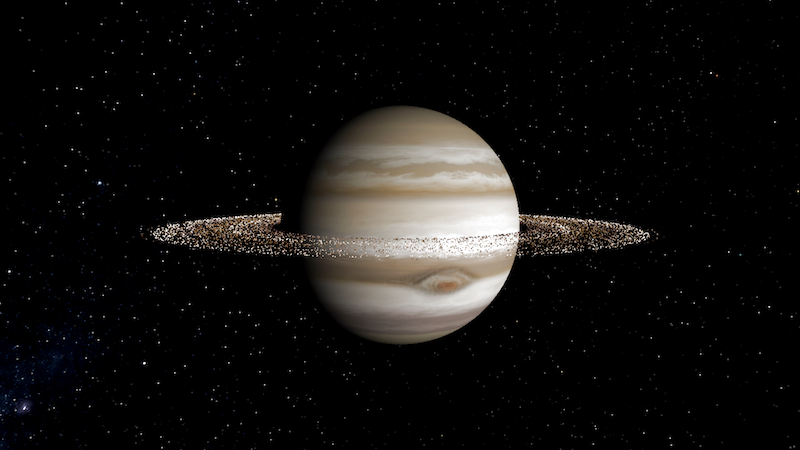
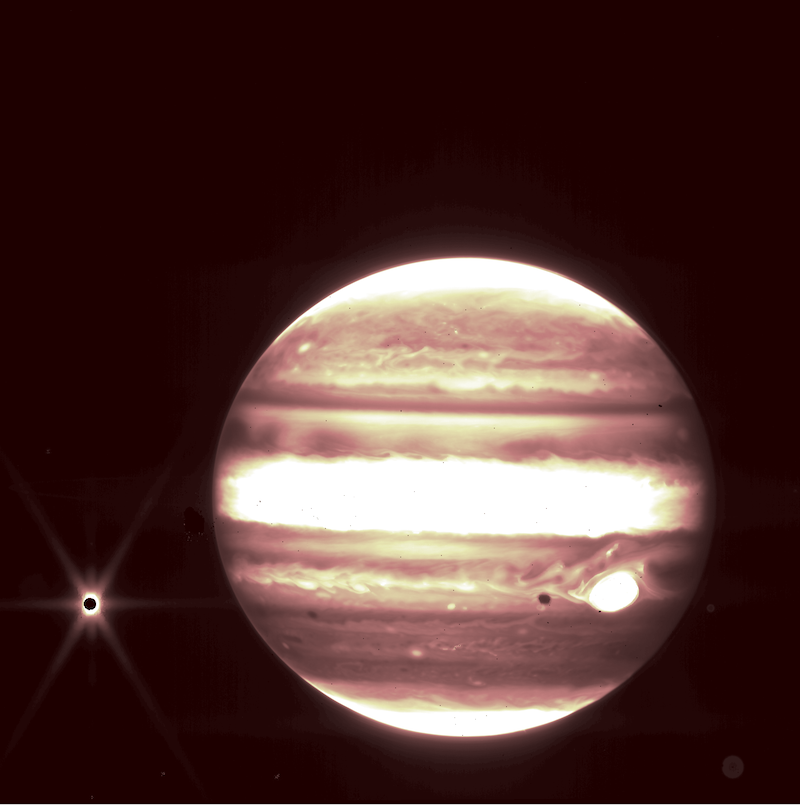
Jupiter and the Galilean moons
As it turns out, Jupiter’s four largest moons – Ganymede, Callisto, Io and Europa – may be to blame. They are known as the Galilean moons. Kane and his graduate student Zhexing Li ran a dynamic computer simulation of the orbits of the four moons. It also accounted for the orbit of the planet itself and how long it takes for rings to form.
They wanted to know if it was possible that Jupiter once did have a much grander ring system then it does now. It is known that ring systems can be temporary, so this was a possibility. The results, however, cast doubt on that explanation. Kane said:
We found that the Galilean moons of Jupiter, one of which is the largest moon in our solar system, would very quickly destroy any large rings that might form. Massive planets form massive moons, which prevents them from having substantial rings.
There may occasionally have been more substantial ring systems in Jupiter’s history, but if so, they didn’t last long. The authors say in the paper that:
The results of our dynamical simulations demonstrate that the presence of massive moons, especially systems that have migrated into resonance traps as for the Galilean moons, can create significant dynamical contraints on ring systems comprised of dense material. This indicates that, although Jupiter may have had intermittent periods of substantial rings systems, their long-term sustainability may be severely truncated by the presence of the Galilean moons and associated resonances.

Voyager 1 and Webb
Jupiter’s rings are so thin that they weren’t even first seen until NASA’s Voyager 1 spacecraft passed by the planet in 1979. And then, Voyager 2 in 1979, Galileo in 1996, Juno in 2016, and New Horizons in 2007, saw the rings in later missions. Kane said:
We didn’t know these ephemeral rings existed until the Voyager spacecraft went past because we couldn’t see them.
Even now, they are difficult to view, even in the largest telescopes.
However, just within the past couple weeks, the new Webb telescope has provided new views of Jupiter and its rings, this time in infrared. There are two images that NASA has released so far. The first is a dramatic-looking view of Jupiter and its moon Europa. The second, shown at the top of this article, shows Jupiter, Europa and the rings. The rings are still faint, but are definitely visible.
NASA released the first four stunning images from Webb on July 12, 2022.
Uranus and Neptune
Jupiter and Saturn are not the only planets in our solar system that have rings. In fact, Uranus and Neptune both do as well. They also are a lot less dramatic than Saturn’s, Neptune’s in particular. Uranus’ rings aren’t as large as Saturn’s, but are thicker.
Kane also wants to run simulations of Uranus’ rings, to see what their projected lifetime might be.
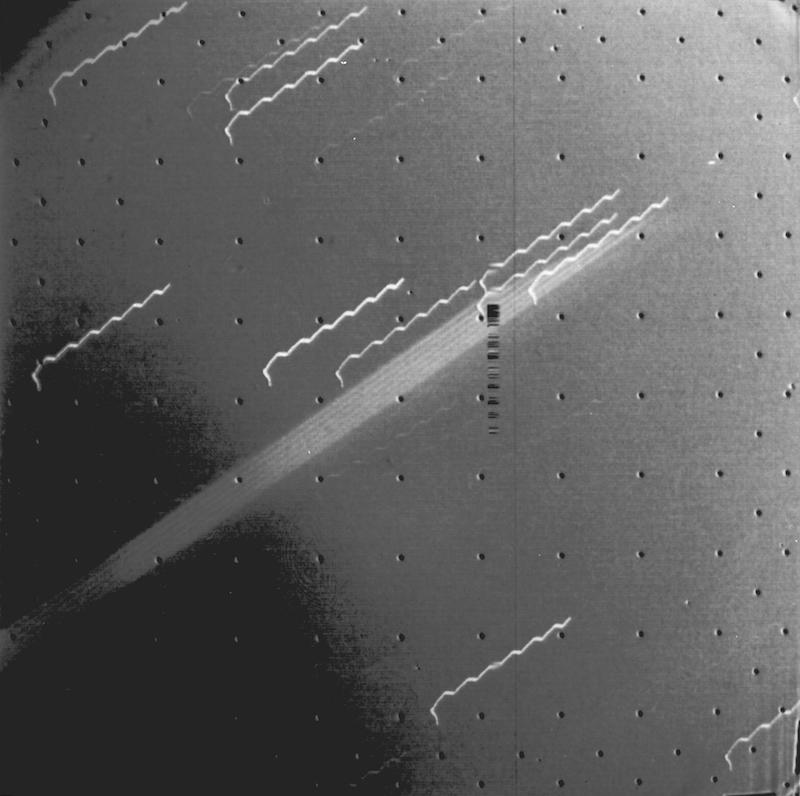
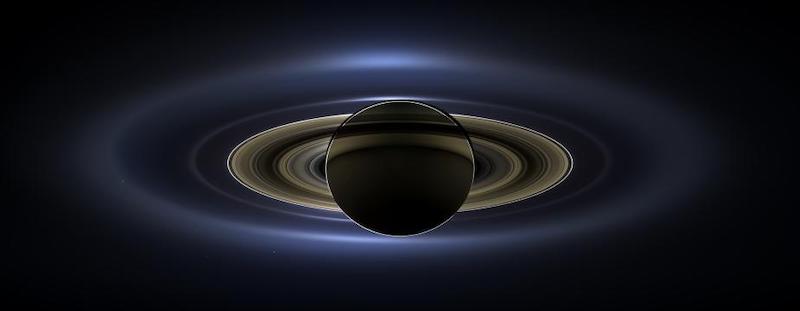
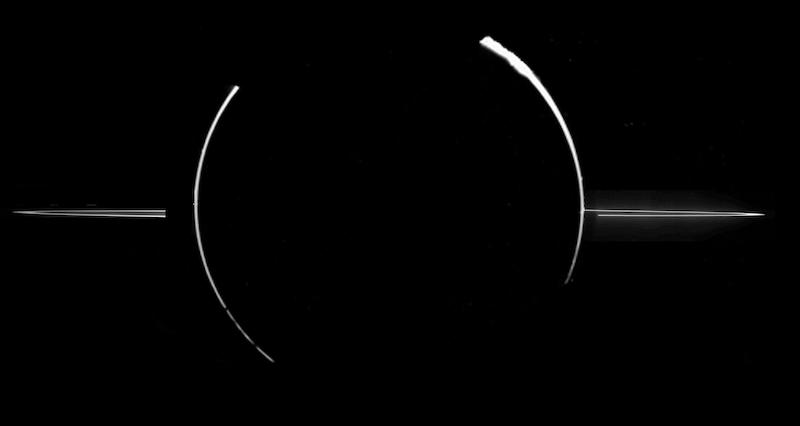
Implications for exoplanets
Interestingly, the results suggest that exoplanets more massive than Jupiter may also have unstable ring systems, due to large moons. As the paper described:
As described above, planets more massive than Jupiter, with larger mass proto-satellite disks and a larger Hill radius [a distance from a planet where it can keep its moons] in which to engage in moon formation, may experience significantly reduced timescale of ring sustainability. Such a timescale reduction would result from the rapid formation of large moons, whose gravitational presence would, in turn, either eject the remaining ring material or excite their eccentricities resulting in further enhancement of moon formation.
Planetary rings are not only interesting and beautiful to look at, they also tell stories. They record the history of collisions with moons or comets in the planet’s past. They also provide clues about the impact events that formed them. As Kane noted:
For us astronomers, they are the blood spatter on the walls of a crime scene. When we look at the rings of giant planets, it’s evidence something catastrophic happened to put that material there.
Bottom line: Jupiter has rings, but they are not nearly as dramatic as Saturn’s. Why? A new study from researchers at UC Riverside says that the planet’s four largest moons are to blame.
Source: The Dynamical Viability of an Extended Jupiter Ring System
The post Why aren’t Jupiter’s rings glorious, like Saturn’s? first appeared on EarthSky.
0 Commentaires